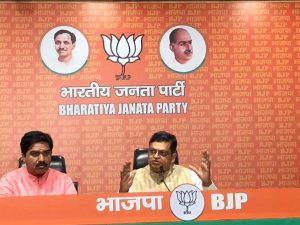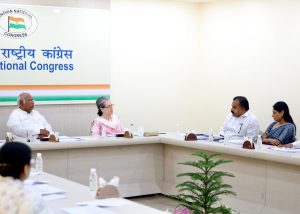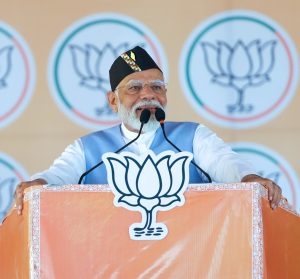RBI announces more measures to deal with economic fallout of COVID-19
RBI announces more measures to deal with economic fallout of COVID-19

NEW DELHI: The RBI on Wednesday provided more time to exporters to collect payment of goods and software sold to overseas buyers and repatriate that to India as the central bank announced more measures to deal with the economic fallout of COVID-19 pandemic.nnThe central bank has also decided to increase the limit of advances it gives to states and UTs by 30% under the Ways and Means (WMA).nnWhile announcing further steps for dealing with the COVID-19 pandemic, the RBI also said ?it is not necessary? to implement counter-cyclical capital buffer (CCyB) now.nnOn the extension of realisation period of export proceeds, the RBI said that in view of the disruption caused by the COVID-19 pandemic, the time period for realisation and repatriation of export proceeds for exports made up to or on July 31, 2020, has been extended to 15 months from the date of export.nn?The measure will enable the exporters to realise their receipts, especially from COVID-19 affected countries within the extended period and also provide greater flexibility to the exporters to negotiate future export contracts with buyers abroad,? it said.nnPresently, the value of the goods or software exports made by the exporters is required to be realised fully and repatriated to the country within a period of 9 months from the date of exports.nnOn WMA, temporary advances given by the RBI to the government to tide over any mismatch in receipts and payments, the central bank said it has increased WMA limit by 30% from the existing limit for all States/UTs to enable them to tide over the situation arising from the outbreak of the pandemic.nnThe Reserve Bank of India (RBI) had constituted an advisory committee to review the WMA limits for state governments and Union Territories (UTs). The decision to increase the limit has been taken ?pending submission? of the final recommendations by the committee, and the revised limits will come into force with effect from April 1, 2020, and will be valid till September 30, 2020.nnOn Tuesday, the Reserve Bank had set the WMA limit at Rs 70,000 crore for the central government for the July-September quarter, up from Rs 60,000 crore in the previous quarter.nnIt further said based on the review and empirical analysis of CCyB indicators, it has been decided that ?it is not necessary? to activate CCyB for a period of one year or earlier, as may be necessary.nnThe framework on CCyB was put in place by the RBI in terms of guidelines issued in February 2015, wherein it was advised that the CCyB would be activated as and when the circumstances warranted and that the decision would normally be pre-announced.nnThe framework envisages the credit-to-GDP gap as the main indicator, which is used in conjunction with other supplementary indicators.nnThe guidelines were issued with the two-fold aim of ensuring capital buffer for difficult times and restricting banks from indiscriminate lending during the periods of excess credit growth.nnLast week, the RBI had announced hosts of measures, including a sharp reduction in key lending rate and a moratorium on re-payment of term loans as the coronavirus outbreak has triggered a global slowdown in economic activities.nnSource: Press Trust of India







